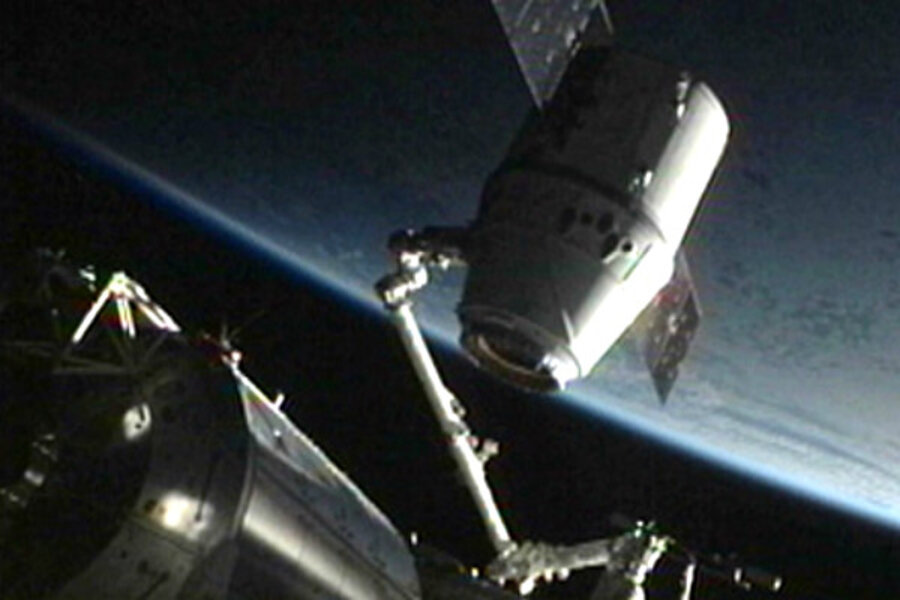NASA launches $1.1 billion deal with private spaceflight companies
Loading...
NASA revealed new agreements with three private spaceflight companies today (Aug. 3), deals that total $1.1 billion in funding support for new commercial spaceships to launch American astronauts into space.
The new deals represent the final round of NASA's Commercial Crew integrated Capability program (CCiCap), which aims to foster the design and development of new private spaceships to fill the current gap in U.S. human spaceflight capabilities.
The selected companies are:
- Sierra Nevada Corporation, headquartered in Louisville, Colo.
- Space Exploration Technologies (SpaceX), headquartered in Hawthorne, Calif.
- The Boeing Company, headquartered in Houston
As part of the new agreements, Sierra Nevada will receive $212.5 million, SpaceX will receive $440 million, and Boeing will receive $460 million. Boeing and SpaceX are developing private space capsules, with Sierra Nevada taking a different path with its winged Dream Chaser space plane design.
"Today, we are announcing another critical step toward launching our astronauts from U.S. soil on space systems built by American companies," NASA chief Charles Bolden said in a statement. "We have selected three companies that will help keep us on track to end the outsourcing of human spaceflight and create high-paying jobs in Florida and elsewhere across the country." [Now Boarding: The Top 10 Private Spaceships]
Not included in the list is Blue Origin of Kent., Wash., a company owned by Amazon founder and billionaire Jeff Bezos that is building private spacecraft for suborbital and orbital flights. The company did receive NASA support for its orbital crew vehicle in the space agency's previous funding round.
NASA retired its 30-year space shuttle program last year and is currently dependent on Russian spacecraft to ferry Americans to the International Space Station. Once commercial spaceships are proven to be safe and reliable, NASA intends to purchase flights for astronauts to and from the space station.
Between now and May 31, 2014, the companies funded under the CCiCap agreements will further develop and test their spacecraft designs. Following the successful completion of these milestones, crewed orbital demonstration to low-Earth orbit will proceed by the middle of the decade, NASA officials said.
"For 50 years American industry has helped NASA push boundaries enabling us to live, work and learn in the unique environment of microgravity and low Earth orbit," William Gerstenmaier, associate administrator for human exploration and operations at NASA Headquarters in Washington, D.C., said in a statement. "The benefits to humanity from these endeavors are incalculable. We're counting on the creativity of industry to provide the next generation of transportation to low Earth orbit and expand human presence, making space accessible and open for business."'
NASA, in the meantime, is focusing on the development of a new heavy-lift rocket, called the Space Launch System, and a space capsule, called Orion, for exploration missions beyond low-Earth orbit. The agency has the goal of exploring a near-Earth asteroid by 2025 and on to Mars by the 2030s.
Follow SPACE.com on Twitter @Spacedotcom. We're also on Facebook and Google+.
- Special Report: The Private Space Taxi Race
- CST-100: Photos of Boeing's Private Space Capsule
- SpaceX Dragon's Historic Space Station Flight | Video Highlights
Copyright 2012 SPACE.com, a TechMediaNetwork company. All rights reserved. This material may not be published, broadcast, rewritten or redistributed.







